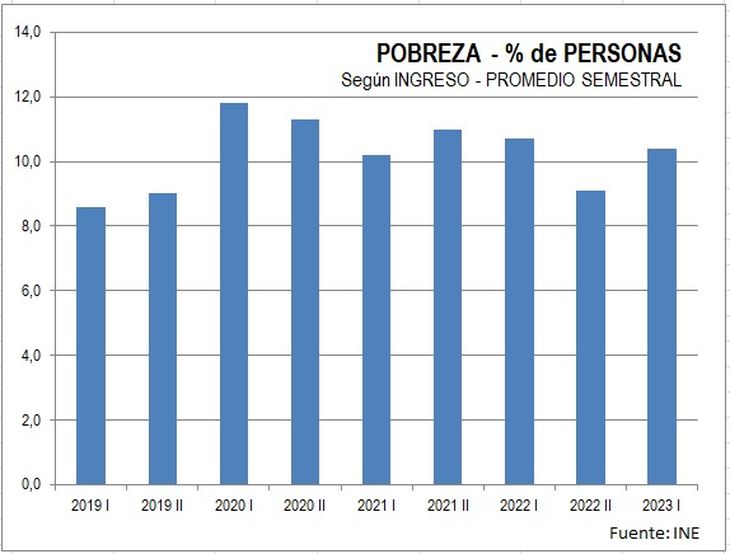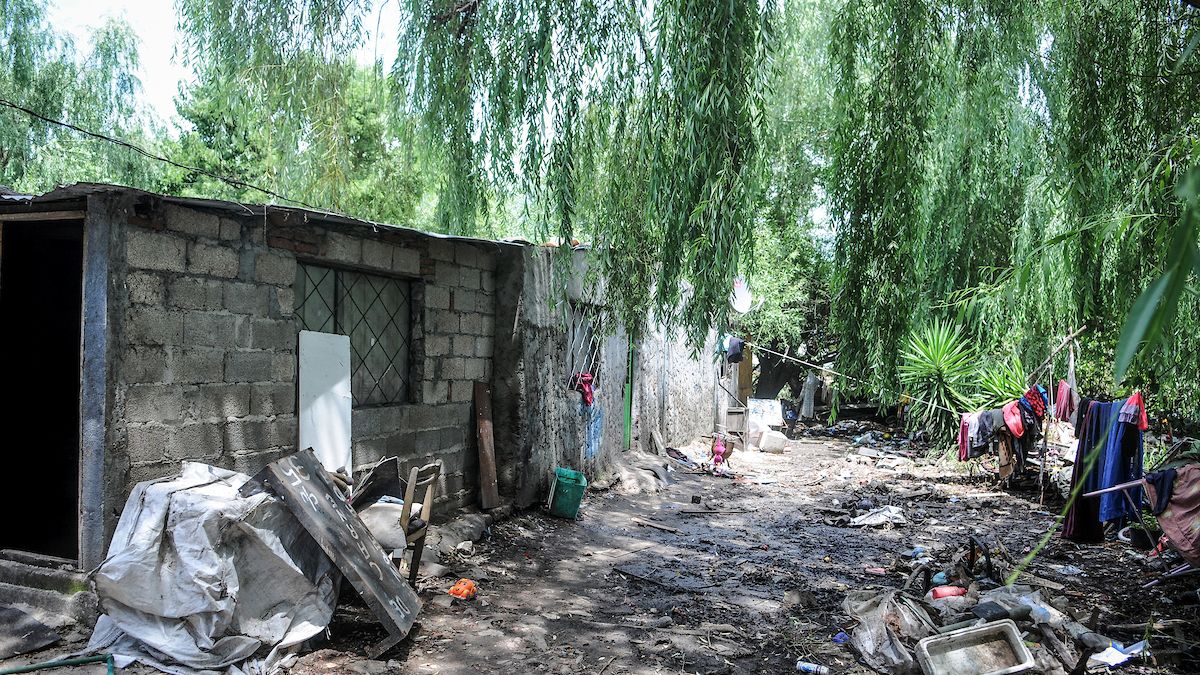The index increased from 9.1% at the end of 2022, while indigence remained at 0.2%, according to INE data.
The poverty In the first semester it rose to 10.4% of the population of Uruguay, According to the latest report published today by Statistics National Institute (INE), which implies an increase compared to the second half of last year, when the index had fallen to 9.1%.
The content you want to access is exclusive to subscribers.
Compared to the same semester last year, the poverty It has a slight drop of 3 tenths (it was at 10.7%). According to the indigence (people who cannot even cover a basic food basket), this remained at 0.2% of the total population.


These data correspond to measurements of poverty and indigence measured according to people’s income. At the end of the first semester (June) in Montevideo To be considered outside of poverty, the person must have a monthly income of 19,561 pesos.
This value is what is defined as the Poverty Line (LP) for the country’s capital. In the urban interior, given that the cost of living is lower, the poverty line is substantially lower: 12,926 pesos per month per person.
WhatsApp Image 2023-09-28 at 16.30.09.jpeg

Poverty rose, despite the improvement in employment and wages
The poverty went up even though they raised the employment and the real wages throughout the first semester. This situation can be explained because the basic food basket (which, added to the non-food one, make up the aforementioned Poverty Line) clearly increased more than the level of the inflation average.
In fact, the inflation annual to June (end of the semester) remained at 6% according to the CPI, but the Basic Food Basket (CBA) rose 11.9% annually for Montevideo and 14.4% for the Urban Interior. This is explained because the increases in several foods were noticeably higher than the average, which is also evident when analyzing the CPI.
Source: Ambito




